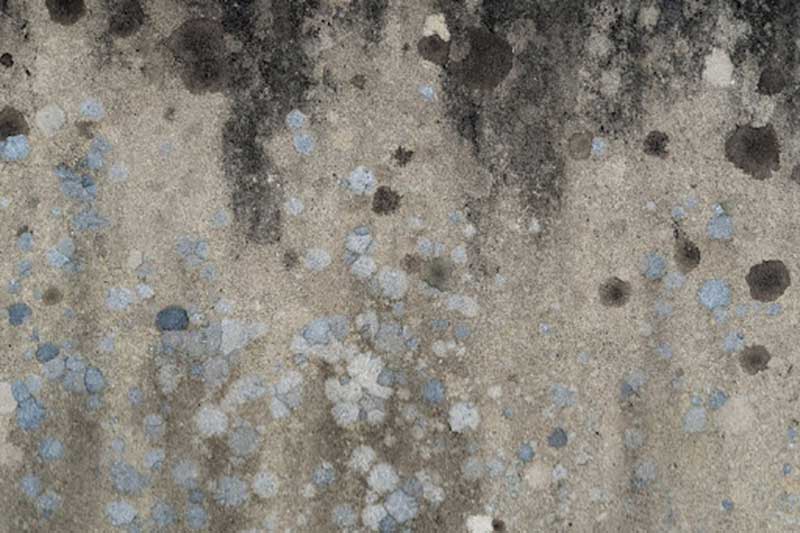 Mold removal and mold remediation are distinct processes. Mold removal focuses on eliminating visible mold from surfaces, serving as a temporary fix for small, localized issues. It often does not address the root causes of mold growth, such as underlying moisture problems. Mold remediation, on the other hand, involves a thorough strategy that includes identifying and rectifying moisture sources, ensuring long-term solutions, and following industry standards for safety and effectiveness. Understanding the fundamental differences between these two approaches is essential for effectively managing mold issues and achieving lasting results. Understanding these nuances can help you make informed decisions about mold management.
Mold removal and mold remediation are distinct processes. Mold removal focuses on eliminating visible mold from surfaces, serving as a temporary fix for small, localized issues. It often does not address the root causes of mold growth, such as underlying moisture problems. Mold remediation, on the other hand, involves a thorough strategy that includes identifying and rectifying moisture sources, ensuring long-term solutions, and following industry standards for safety and effectiveness. Understanding the fundamental differences between these two approaches is essential for effectively managing mold issues and achieving lasting results. Understanding these nuances can help you make informed decisions about mold management.

Contact us either by phone or email 24 hours a day.
Los Angeles Location
Proudly Serving The Following Cities In LA/Orange County:
Ranchos Palos Verdes, Brentwood, Pacific Palisades, West Hollywood, Bel Air, Beverly Hills, Culver City, Hollywood, Huntington Beach, Long Beach, Los Angeles, Newport Beach, Redondo Beach, and Santa Monica.
© 2025 Absolute Maintenance & Consulting | All Rights Reserved